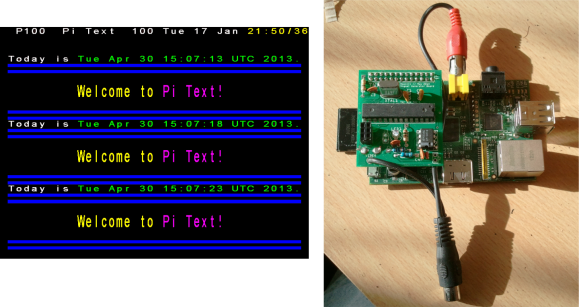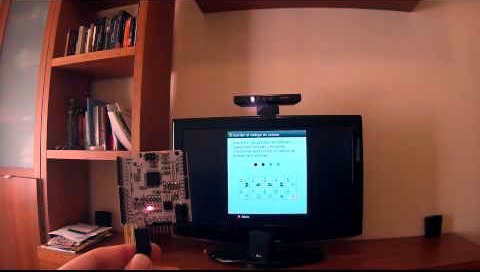
Exploring dead protocols is often the calling card of hobby electronics enthusiasts. And why not? The mistakes have already been made and fixed — you can learn from them. This Raspberry Pi TeleText hack is the perfect example. It let [Moonlit] explore the realm of generating composite video, as well as establishing communications between the Raspberry Pi and a microcontroller.
Teletext was a method of accessing information on a television before computer networks were available to the general public. It was pretty impressive at the time, as you can tell from this Retrotechtacular feature. [Moonlit] started looking into recreating a Teletext device by simply generating a PAL signal with an AVR chip. He was met with an equipment failure (remember, it’s always a hardware problem) in to form of a fake composite to USB dongle. After changing the receiving device he was up and running and ready to explore the particulars of the protocol. As you can see, his success even led him to spin a breakout board which plugs in to the RPi GPIO header. A Y-splitter (joiner?) combines the composite output of the RPi with the the overlay data from his own board.

















